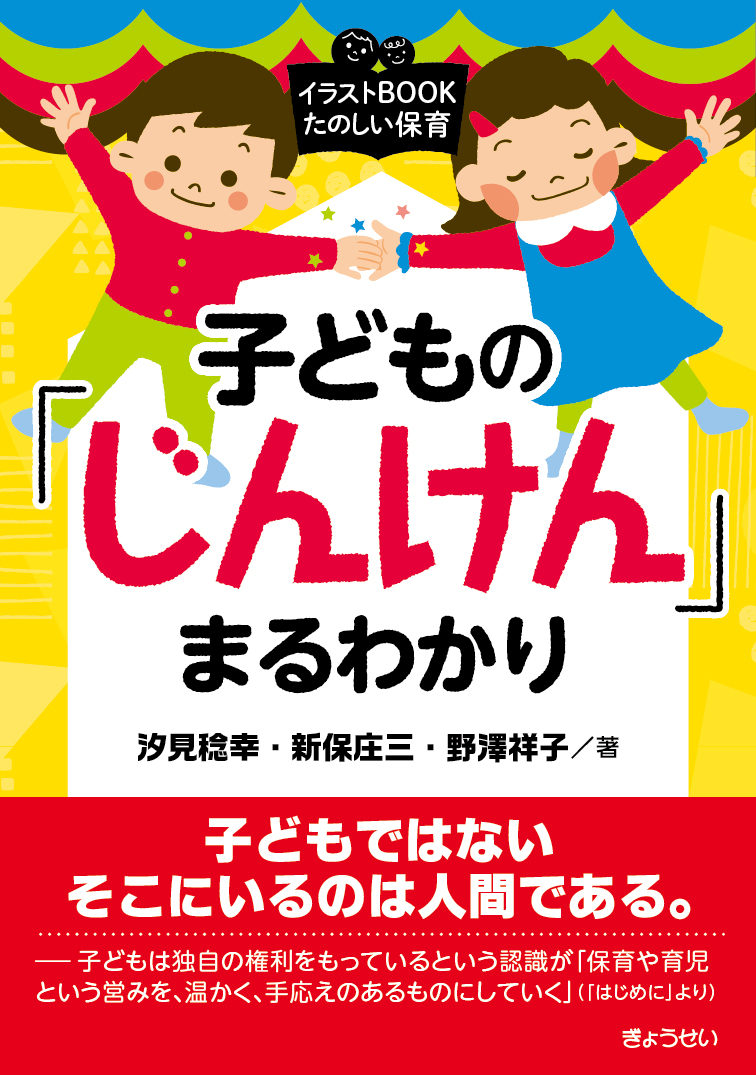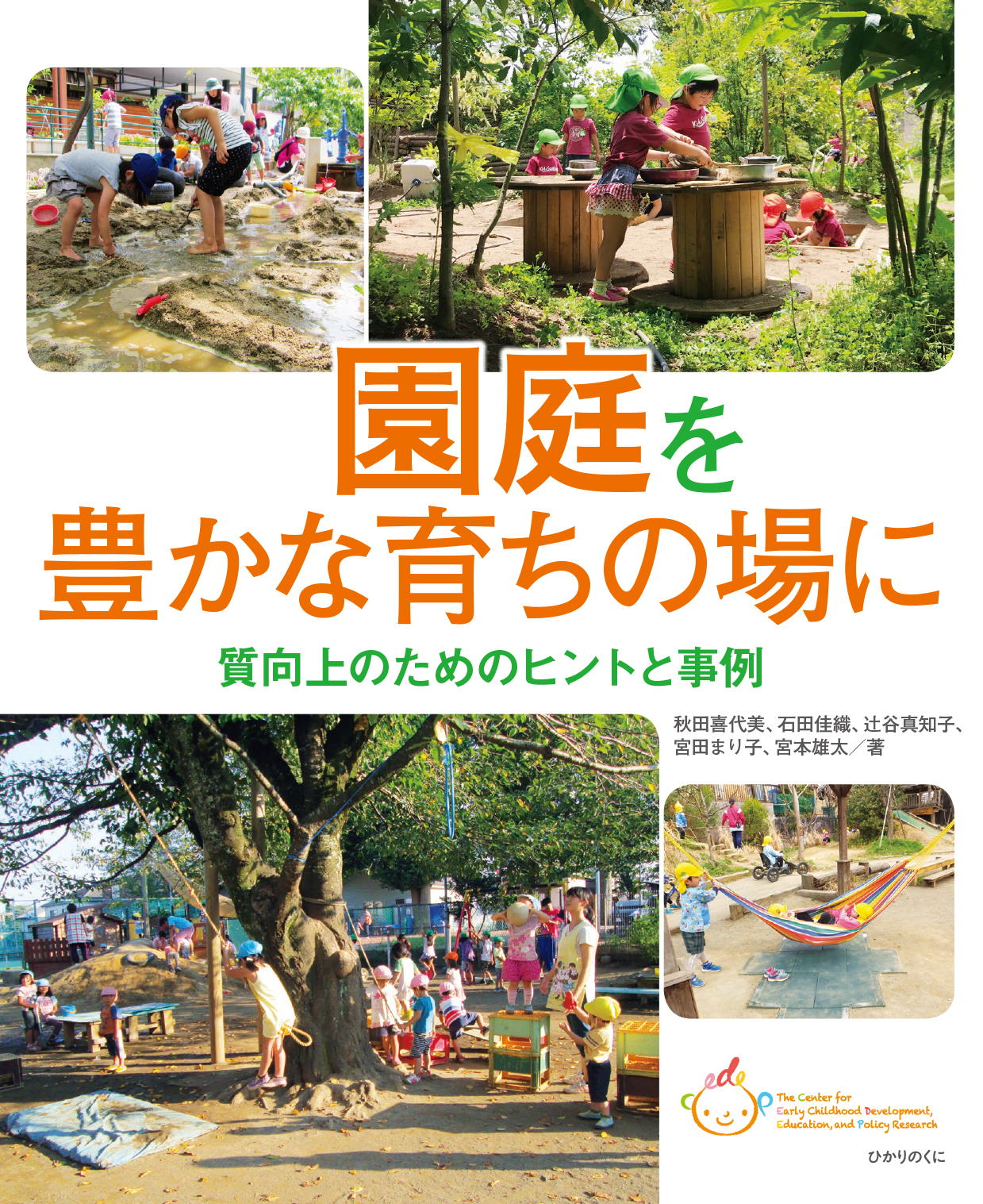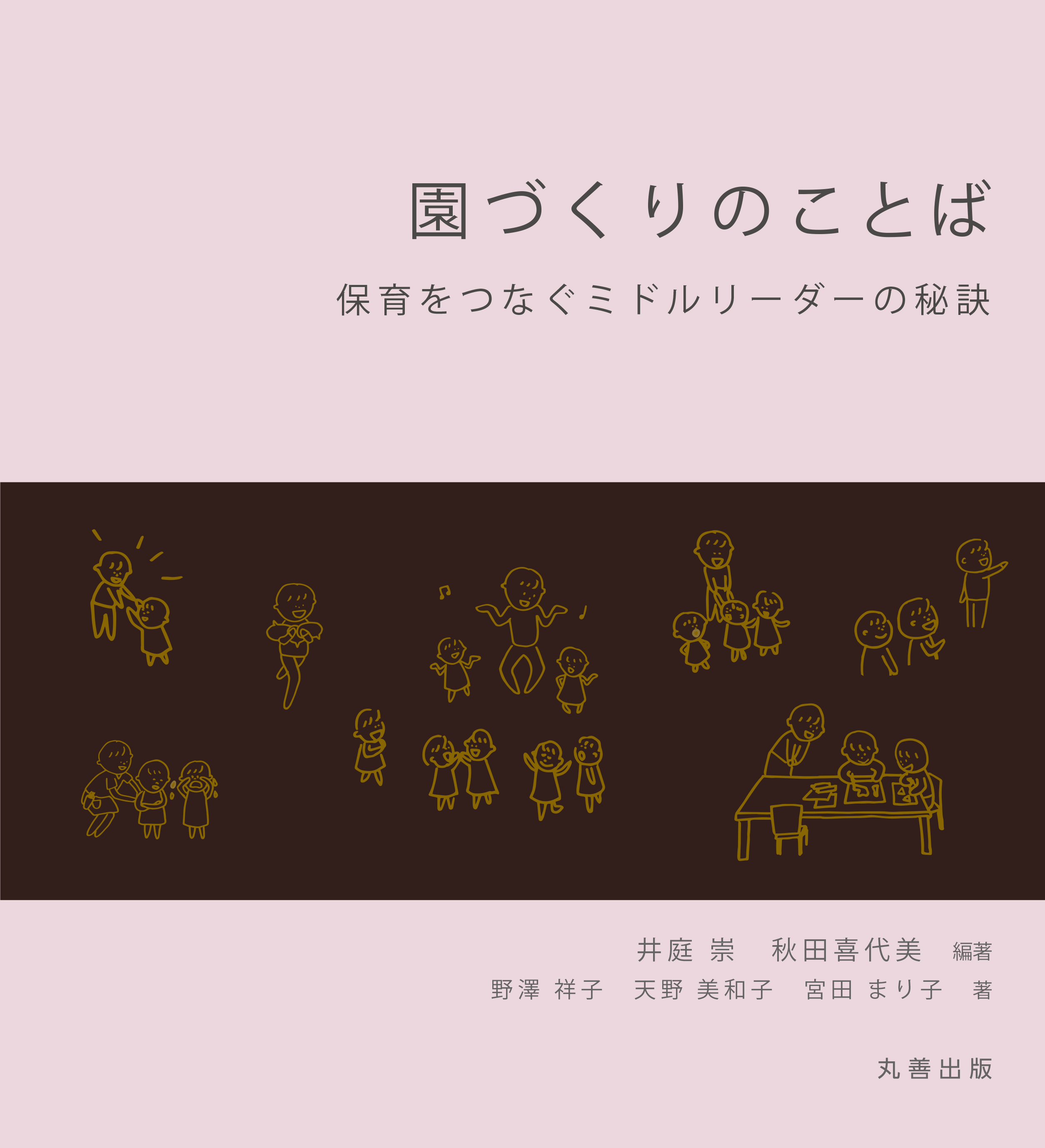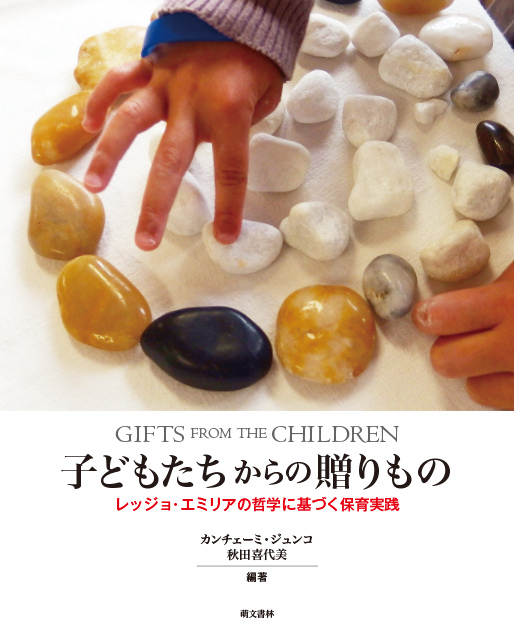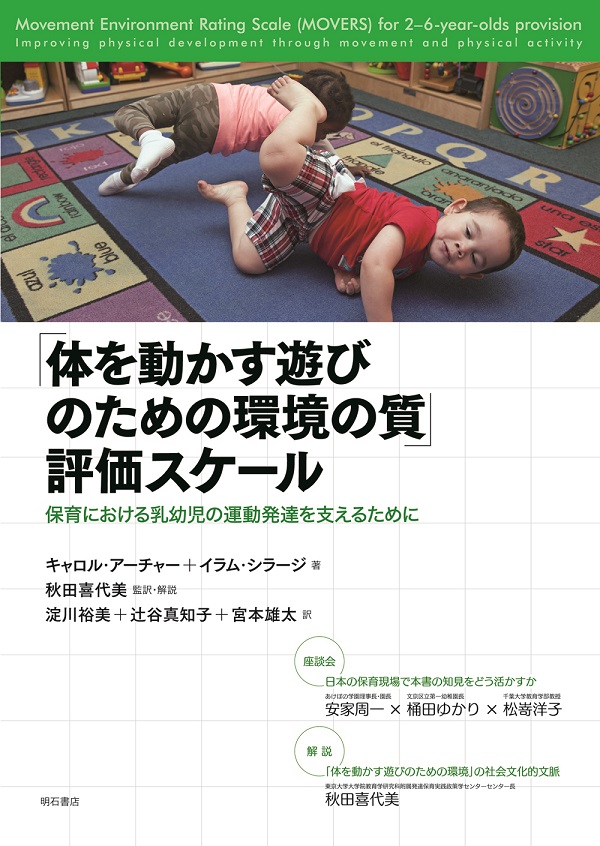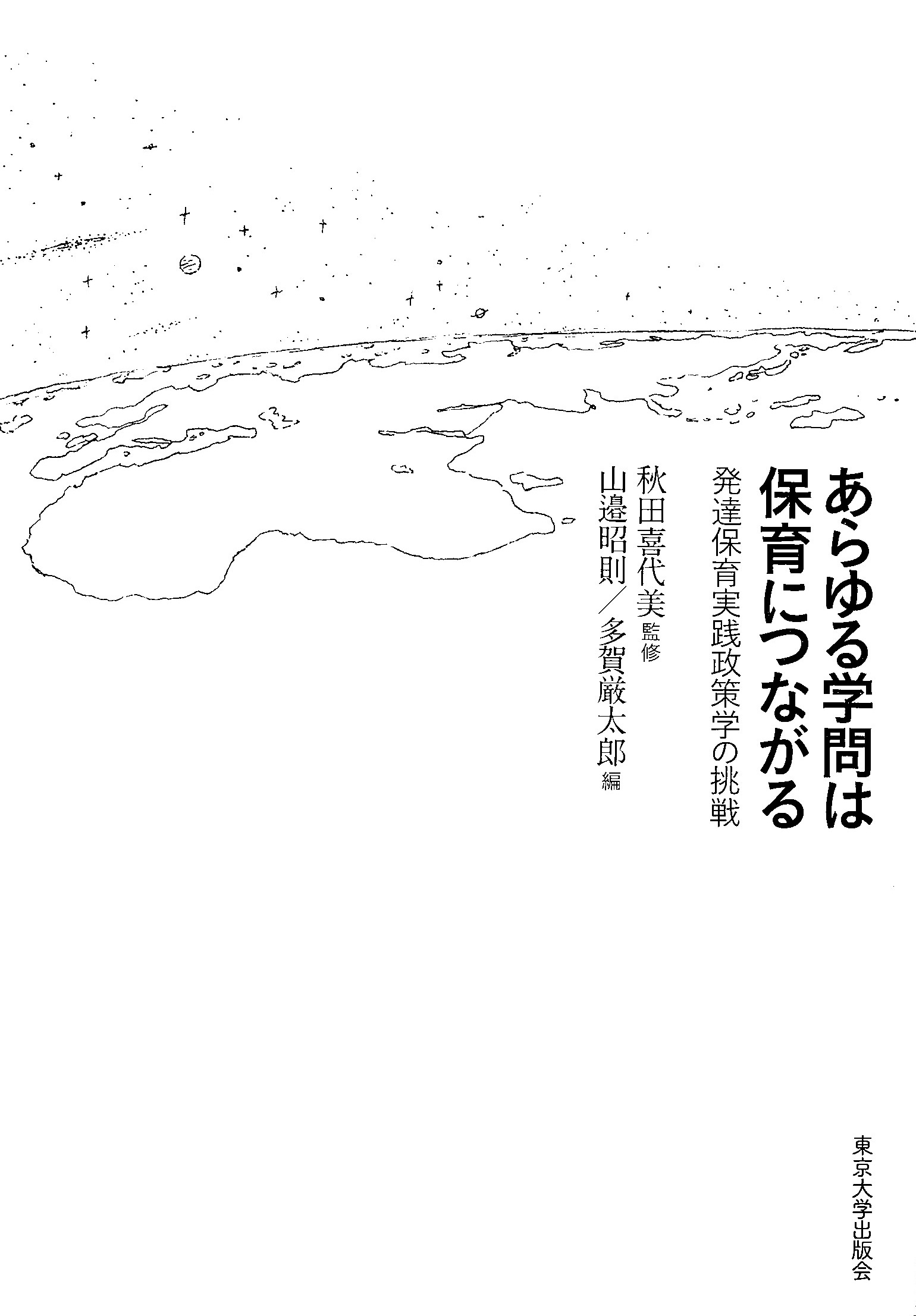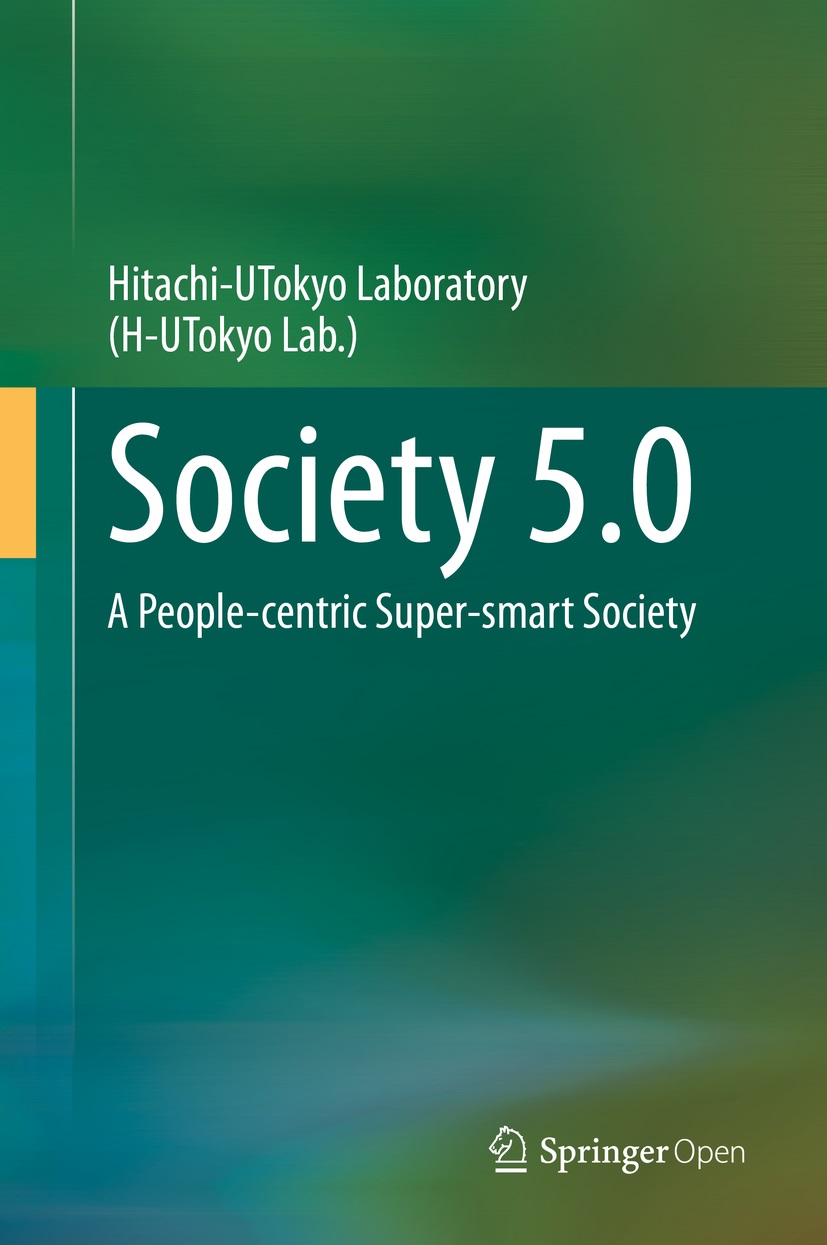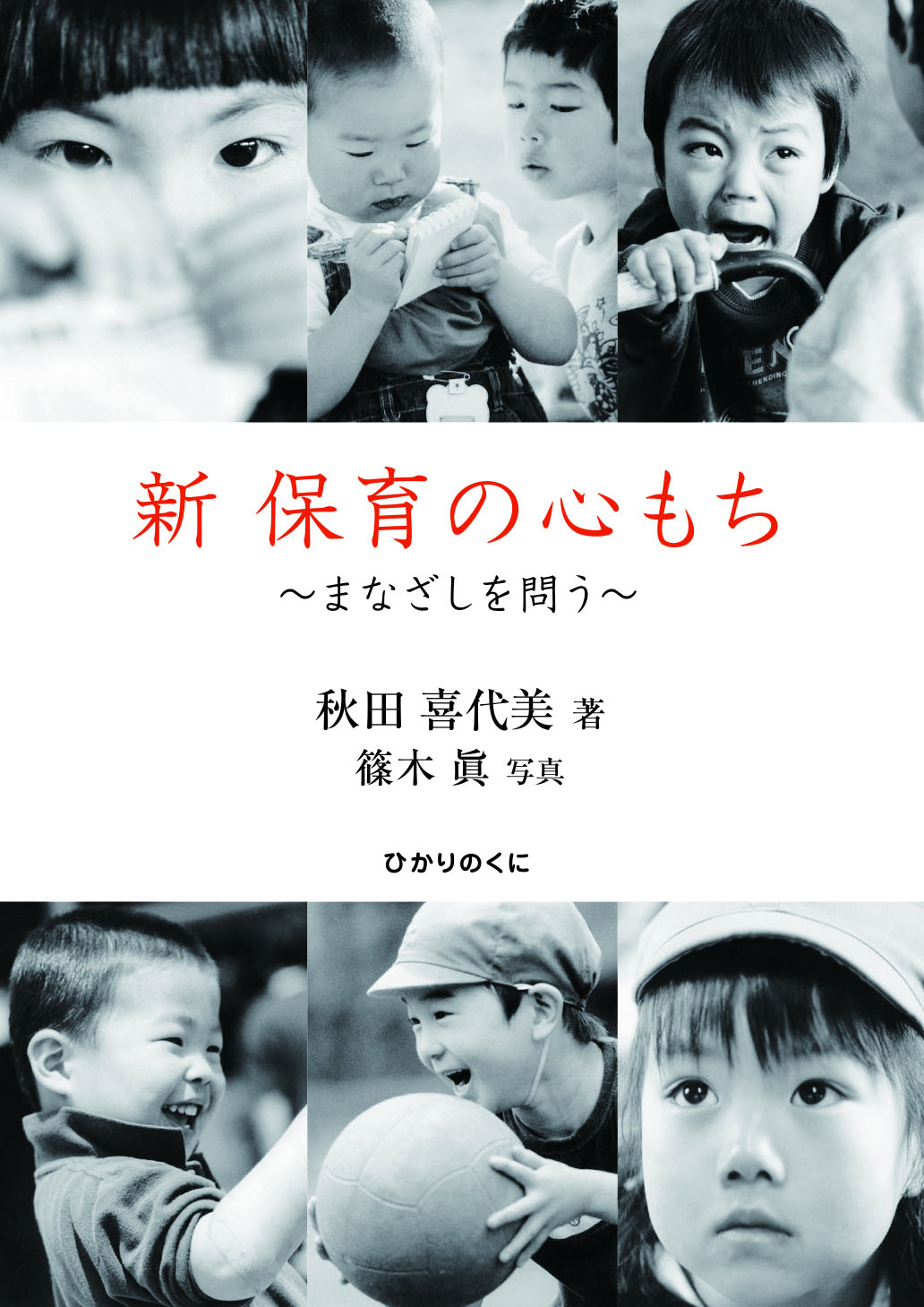
Title
Shin hoiku no kokoromochi (New Early Childhood Education and Care Mindset – Addressing perspectives)
Size
159 pages, 19x14cm
Language
Japanese
Released
May, 2019
ISBN
978-4-564-60929-9
Published by
Hikarinokuni
Book Info
See Book Availability at Library
Japanese Page
Today, many of Japan’s infants and young children spend most of their day at daycare, in kindergarten or in some other kind of facility under the care of Early childhood education and care professionals. This has generated the publication of numerous textbooks on childcare that are used in the schools that train these professionals, as well as books imparting the knowhow and skills required for professional childcare. There are as well academic journals that publish papers on childcare concepts in other countries and on childcare research. Despite all of this material, however, little has been written from the perspective of the Early childhood education and care professional working daily in the field, which is why I undertook to write columns and essays on just that perspective in the newspaper published by the Japan Educational Press and other such publications. Written over a period of 10 years, these columns and essays have been compiled in a number of books—Hoiku no kokoromochi (The Early childhood education and care Mindset), Hoiku no mirai (The Future of Early childhood education and care), Hoiku no omomuki (Aspects ofEarly childhood education and care ), Hoiku no nukumori (The Warmth of Early childhood education and care ), Zoku hoiku no mirai (The Future ofEarly childhood education and care ; A Sequel), Hoiku no kokoroiki (The Ethos of Childcare), and now this seventh book, Shin hoiku no kokoromochi (New Early Childhood Education and Care Mindset). To date, 29,200 copies of the books in this series have been sold and are being widely read.
I derived the term kokoromochi (mindset) from the title Kodomo no kokoromochi (The Child’s Mindset) of a text written by Kurahashi Sōzō, considered the father of professional Early childhood education and care in Japan. My intent was to highlight the mindset required of Early childhood education and care professionals caring for children and how they need to pay attention to mindset of the children. One distinguishing feature of this book are its many photographs of children in the childcare environment taken by the photographer Shinoki Makoto. These images are a collaborative endeavor between me and Shinoki to portray specific and professional perspectives of the children that are easy to grasp at a glance. The term “perspectives” that I used in the subtitle refers to the need to observe and protect children in childcare in a manner that will contribute to the designing of systems for professional childcare and education, a stance that is important for Early childhood education and care professionals to maintain at all times. A second feature of this book is its focus on play which is the core activity of infants and young children and the driving force for their development. In recent years there has been a strong tendency among adults to focus solely on education for infants and young children and to rush to achieve visible results and outcomes. The assumption is that this is good education. Part II of this book examines how, in the midst of this trend to emphasize education above all else, play remains an important part of a young child’s growing experience. In this section I present my arguments with specific examples of daily episodes within the professional Early childhood education and care environment. Finally, the third feature of this book is its focus on the importance of dialogue between the childcare facility and the family as children spend longer hours at the facility and are placed there at an earlier age. Ongoing dialogue between the facility and the family is especially important to a child’s development and needs to be carried out not only face-to-face but through diverse media that allow for two-way communication. Part III of the book examines the potential for this kind of dialog and communication using specific creative examples. Professional and academic tomes on Early childhood education and care have their place, but it is my hope that readers will find this book has successfully undertaken the challenge of providing a clear, simple, and in-depth portrayal of the Early childhooda education and care professional.
(Written by AKITA Kiyomi, Professor, Graduate School of Education / 2019)



 Find a book
Find a book


